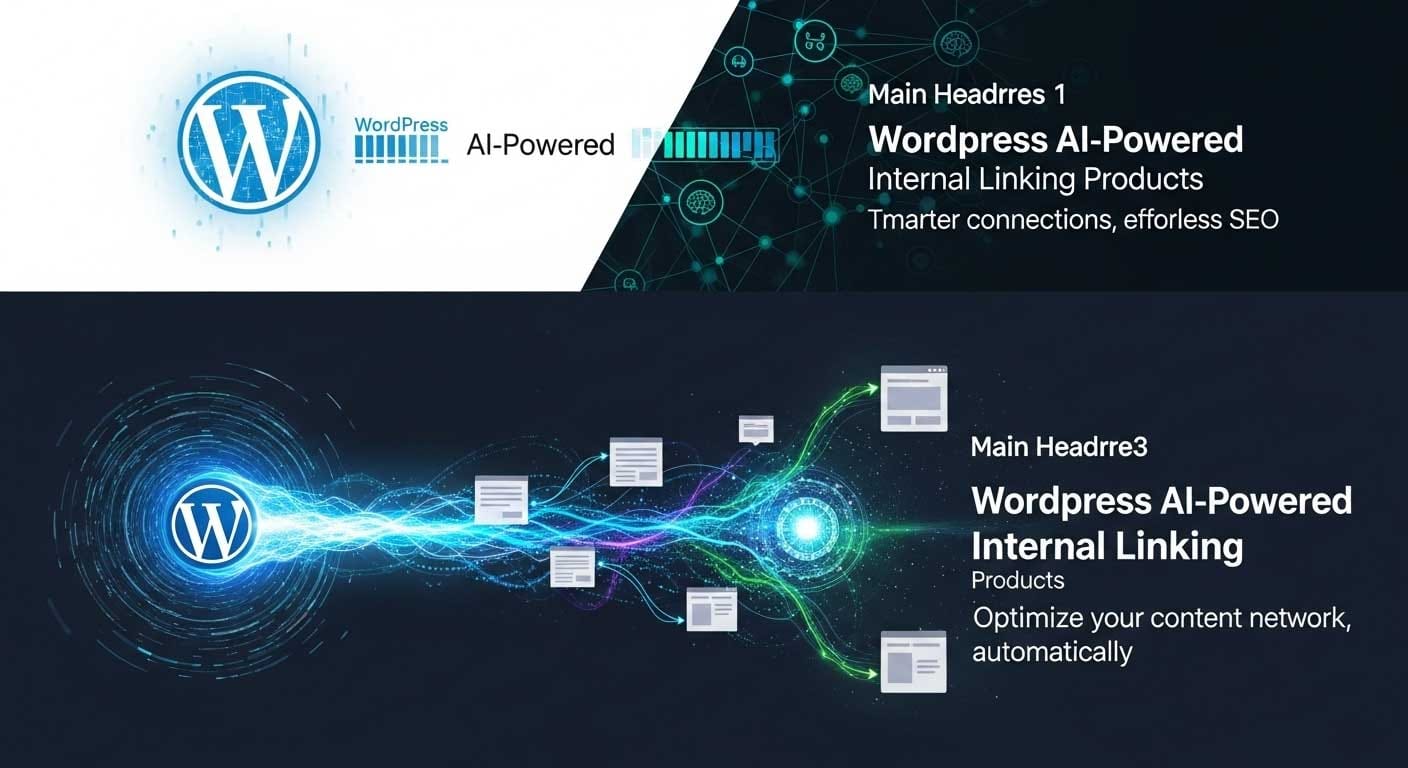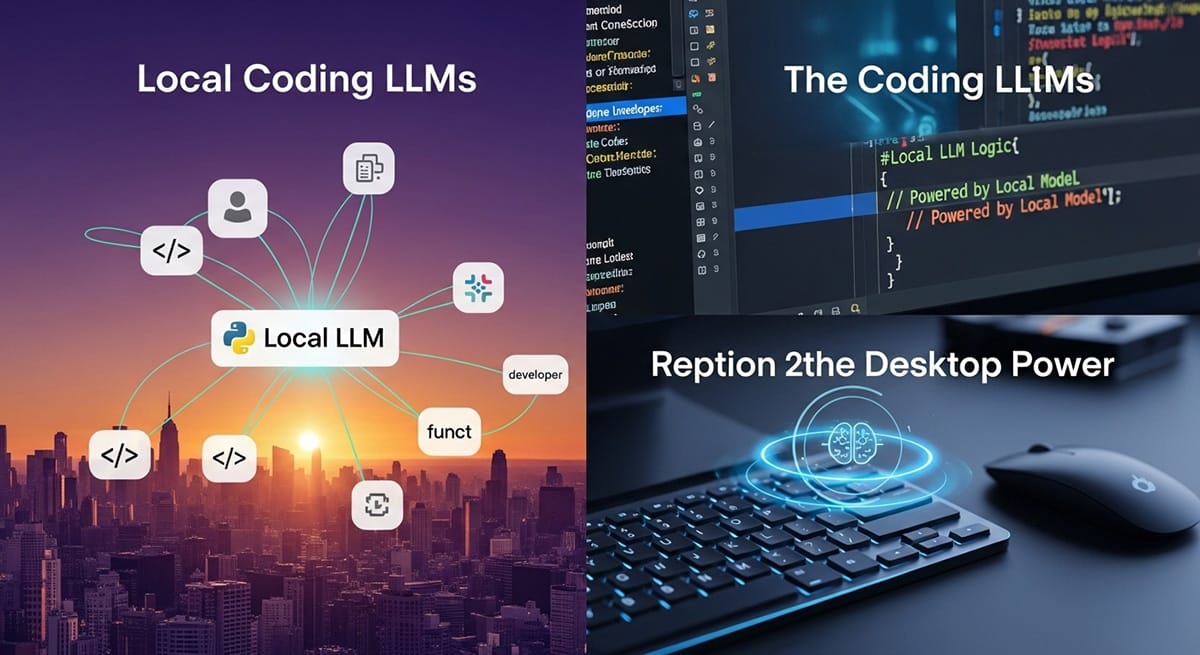The world of SEO is rapidly evolving, and what once were simple plugins to save time have become critical tools for shaping a website’s authority. The use of AI-powered internal linking is no longer just about connecting pages; it’s a strategic method for building robust site architecture that signals expertise to search engines. However, a detailed analysis of the current market reveals that not all tools are created equal. Many popular solutions have significant technical flaws that can put your SEO efforts at risk.
This article breaks down the complex market of AI linking plugins, exposing their core vulnerabilities and providing a clear blueprint for choosing a tool that builds lasting value for your website.
The Two Main Types of AI Internal Linking Tools
The market is primarily divided into two camps: highly focused, specialized tools and broader, all-in-one SEO suites. Understanding the difference is key to picking the right solution for your needs.
- Dedicated Internal Linking Tools: Plugins like Link Whisper, Internal Link Juicer, and LinkBoss focus exclusively on creating and managing internal links. Their main advantage is depth, offering advanced features like bulk automation, detailed reporting, and specialized tools for building topic clusters.
- All-in-One SEO Suites: Giants like AIOSEO, Rank Math, and Yoast bundle internal linking assistance as one feature among many (like schema markup, sitemaps, and on-page analysis). Their value is in convenience, providing a single dashboard for all your SEO tasks. However, their linking features are often less powerful than those of dedicated tools.
Competitive Landscape: A Look at the Major Players
While many tools promise to automate and improve your linking strategy, their methods and effectiveness vary greatly. Here’s a breakdown of the key competitors and their hidden weaknesses.
Link Whisper: The Feature-Rich Market Leader
Link Whisper is a dominant player, known for its user-friendly interface that suggests links as you write. It excels at identifying “orphaned” pages (those with no incoming internal links) and providing robust reports. However, users often complain that its AI suggestions can be irrelevant, requiring significant manual review that negates the promise of full automation. Furthermore, its subscription cost can be a barrier for smaller businesses.
Internal Link Juicer: The High-Risk Technical Contender
This tool focuses on performance and technical features like diversifying anchor text. A critical flaw, however, lies in its technical implementation. Internal Link Juicer often inserts links using JavaScript, which means the links are not permanently coded into your page. If you ever uninstall the plugin, all of your hard-earned internal links disappear. This creates a dangerous dependency and puts your site’s SEO foundation at risk.
LinkBoss: The Strategic Newcomer
Positioned as a next-generation tool, LinkBoss focuses on building strategic “silos” and topic clusters. Its biggest selling point is its promise of permanent links—it hard-codes links directly into your website’s HTML, so they remain even if you cancel your subscription. This directly addresses the core weakness of competitors. Its credit-based pricing model, however, can be confusing for some users.
The Critical Flaw: Temporary vs. Permanent Links
The single most important technical vulnerability in the market is how a tool creates links. The promise of many automated linking solutions is a stronger site structure, but this promise is broken when the links are temporary.
- JavaScript-Based Links (Temporary): This method is risky. Links generated by scripts can be difficult for search engines to crawl and are lost completely if the plugin is deactivated. You are effectively renting your site architecture.
- HTML-Based Links (Permanent): This is the correct approach. Links are written directly into your content’s HTML code. They are permanent, crawlable, and your work is safe, regardless of what happens with the plugin.
Beyond the ‘Black Box’: The Problem with Vague AI Suggestions
A common user complaint is the poor quality of AI link suggestions. This often happens because the tool’s AI relies on simple keyword matching (e.g., confusing “Apple” the company with “apple” the fruit) instead of true semantic understanding.
This issue is worsened by the “black box” problem: the AI suggests a link without explaining why. Without transparency, users are forced to manually vet every suggestion, which erodes trust and wastes time. A superior tool should provide a reason for its suggestion, such as a “relevance score” or a brief explanation of the topical connection, empowering the user to make an informed decision.
What to Look for in an AI Internal Linking Tool
Based on the market’s weaknesses, a truly effective AI-powered internal linking strategy depends on choosing a tool with the right foundation. Here are the essential features to demand:
- Permanent HTML Links: This is non-negotiable. Ensure the tool hard-codes links into your content so your work is never lost. The tool should also offer a “rollback” feature to safely remove links if needed.
- Verifiable AI Recommendations: Don’t trust a black box. Look for a tool that explains its suggestions, showing you the semantic relevance or topical connection between pages.
- Strategic Architectural Tools: The best tools do more than suggest links; they help you build a better site structure. Features like a visual sitemap or a “silo builder” help you plan and execute a high-authority topic cluster strategy.
- Clear and Fair Pricing: Avoid confusing credit-based systems or high per-site fees. A value-based model that scales with your usage is more transparent and user-friendly.
- Advanced and Actionable Reporting: Go beyond simple link counts. A great tool provides deep analytics on link distribution, identifies orphan pages, and helps you measure the real impact of your internal linking efforts.
Ultimately, selecting an AI linking tool is a crucial strategic decision. By prioritizing permanence, transparency, and true strategic value, you can build a powerful and resilient site architecture that drives long-term SEO success.











